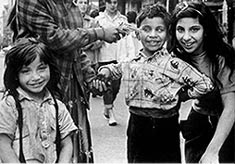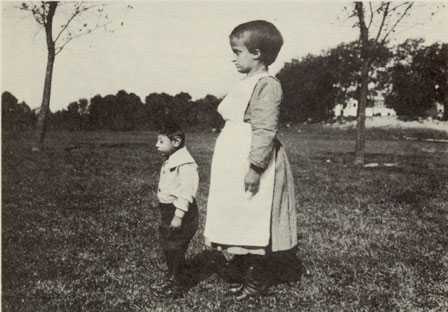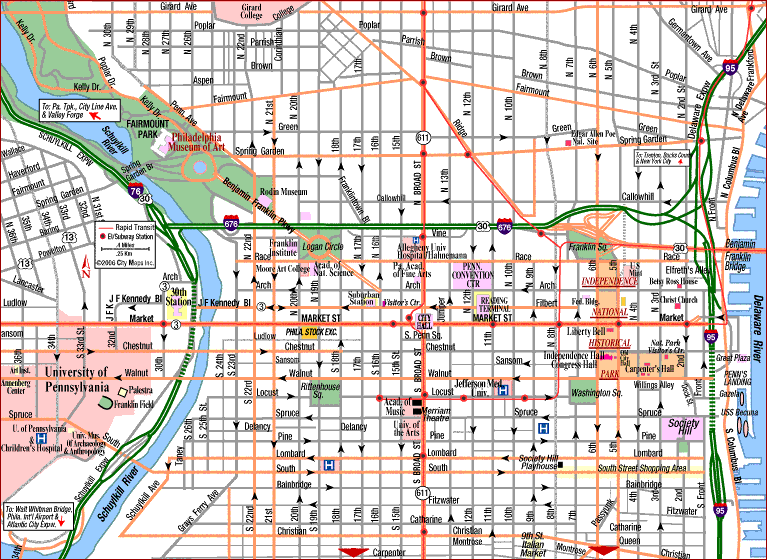Serendip is an independent site partnering with faculty at multiple colleges and universities around the world. Happy exploring!
Notes Towards Day 6 (Thursday, 9/19): Making Mosaics; or, Studium and Punctum

I. Coursekeeping
3 people to take the naming test
@ 12:20 we'll go into Mark's classroom to get a few instructions for the weekend,
have you sign up for your groups and agree on a time to go together, get your maps,
and also talk with Maddie Brady (who went into Philadelphia w/ us last weekend,
and who's come to talk w/ us about the Writing Center).
note both option to "create slideshow post" and helpful "upcoming" in left-hand column on Serendip homepage
Sun, 9/22 (by midnight): third "web event," creating your own mosaic (in images, words, other forms, or a combination of all...) to represent your experience on South Street, turn your story into an idea
One reason to do this is to get you to think--spatially--about weaving things together, making a whole out of fragments. It's also a way to get you around/beyond that one very common move in the "language game": the use of adjectives --"interesting," "wierd," what else??--that "stop thinking"...and instead "open up spaces" among your perceptions and ideas.
By classtime, post a "reading" of the mosaics of the members of your (new!) writing group
(we'll send you an e-mail with these names)
"making the broken whole" --or finding the "crack" in the whole.
II. I want to talk a little bit more about this "crack."
In my CritFemStudies class, we talk a lot about "representation":
how we represent ourselves, how we might (ethically? accurately?) represent others/the world.
In early October, an artist named Laura Swanson is going to come and
give a public talk about "Resisting Representation"
(really about questioning "realistic representation"--
Laura has come to this orientation/position because she herself is a little person,
used to being stared @, who wanted to take charge of/re-direct how she was seen),
lead us in a workshop in which we will each make our own "Anti-Self Portrait,"
and also host a studio in which she will offer to make anti-portraits for those of us who want 'em.
In preparation for her visit, Laura asked us to read a selection from Roland Barthes' Camera Lucida: Reflections on Photography, which develops a contrast between "two elements" that established his interest in particular photographs: "studium" and "punctum." Barthes writes,
"The first..has the extension of a field...it always refers to a classical body of information...in Latin...studium
...means...a kind of general, enthusiastic commitment...political testimony...good historical scenes....the figures, the faces, the gestures, the settings, the action....The second element will break (or punctuate) the studium. It is this element which rises from the scene, shoots out of it like an arrow, and pierces me. A Latin word exists to designate this wound, this prick, this mark made by a pointed instrument: the word suits me all the better in that it also refers to the notion of punctuation, and because the photographs I am speaking of are in effect punctuated, sometimes even speckled with these sensitive points; precisely, these marks, these wounds are so many points. This second element which will disturb the studium I shall therefore call punctum; for punctum is also: sting, speck, cut, little hole-and also a cast of the dice. A punctum is that accident which pricks me (but also bruises me, is poignant to me).
Many photographs are, alas, inert under my gaze. But even among those which have some existence in my eyes, most provoke only a general and, so to speak, polite interest: they have no punctum in them: they please or displease me without pricking me: they are invested with no more than studium. The studium is that very wide field of unconcerned desire, of various interest, of inconsequential taste: I like/I don't like. The studium is of the order of liking, not of loving; it mobilizes a half desire, a demi-volition; it is the same sort of slippery, irresponsible interest one takes in the people, the entertainments, the books, the clothes one finds 'all right.'"
Laura Swanson adds, "For me, the punctum is the detail or accident that humanizes the subject(s) in the photograph for the viewer in a visceral way. It's the difference between visiting vs. living, looking vs. feeling."
Some of the photographs that "pierce" Barthes:
"KOEN WESSING: NICARAGUA" 1979
"I understood at once that this photograph's 'adventure' derived from the co-presence of two elements... "

"What I stubbornly see are the one boy's bad teeth. . ."

LEWIS H. HINE: IDIOT CHILDREN IN AN INSTITUTION. NEW JERSEY, 1924
"I dismiss all knowledge, all culture…I see only the boy’s huge Danton collar, the girl’s finger bandage…”
III. today, we were highlighting/forgrounding the "punctum,"
by asking you to make a mosaic out of Terry Tempest Williams' text.
Her book begins by describing a broken world--which led her to learn this form:
"We watched the towers collapse. We watched America choose war.
The peace in our own hearts shattered.
How to pick up the pieces?
What to do with these pieces?...
Standing on a rocky point…I faced the ocean. 'Give me one wild word'….
The tide was out. The mudflats exposed. A gull picked up a large white clam, hovered high above the rocks, then dropped it. The clam broke open, and the gull swooped down to eat the fleshy animal inside.
'Give me one wild word to follow….'
And the word the sea rolled back to me was 'mosaic.'”
Project/look @ the mosaics each of you made of her words;
[alternative display...]
(I'll scroll through these slowly--when we get to yours, explain it to us--
read the words? how'd you make it? what were you thinking/aiming for/doing?
(other ask questions about the making, comment on what you're seeing...)
IV. Williams says
A mosaic is a conversation between what is broken.
A mosaic is a conversation that takes place on surfaces.
A mosaic is a conversation with light, with color, with form.
A mosaic is a conversation with time.
A mosaic is a conversation between what is broken.
Writers break black letters out of lead and line them up on white sheets of paper and ask others to read the sentences we have created for ourselves.
Some tesserae are orderly, square and small. They create lines like sentences of four-sided words….Other tesserae are bold in their displacement…they break up the narrative.
Mosaic became the way I perceived the world: Break it up and re-create a unity.
Making mosaics is a way of thinking about the world.
Mosaics are created out of community.
We said some other things:
read aloud "mantrafesto" of "what a mosaic is...."
(read your own comment when it appears,
and let's take turns reading the comments from Mark's class as well.
What are we seeing/saying?
What might we do with what we've seen/said?
V. (12:20) Joining Mark's class
reminder to give Bryn in English House $35 towards these excursions: due next week.
planning for our trip to see The Magic Gardens, and streets surrounding:
send 'round sign-up sheet: organize into groups of four, w/ times
(any groups want us along?)
hours: Friday 11-8, Sat 11-?, Sunday 11-6
hand out train tickets
plans for accessing garden tickets
use map to talk about South Street, South Philly, Penn's Landing, the Delaware...

Maddie Brady, welcoming you to the Writing Center


